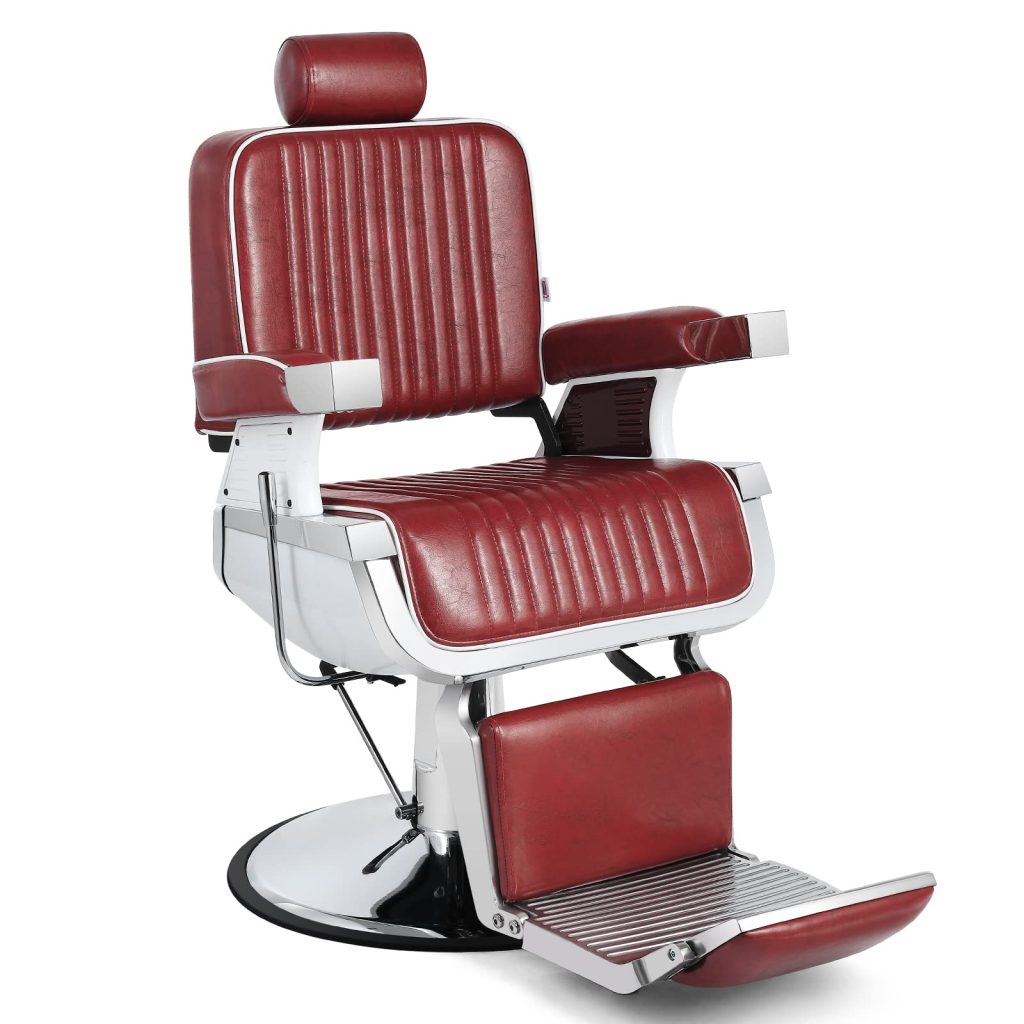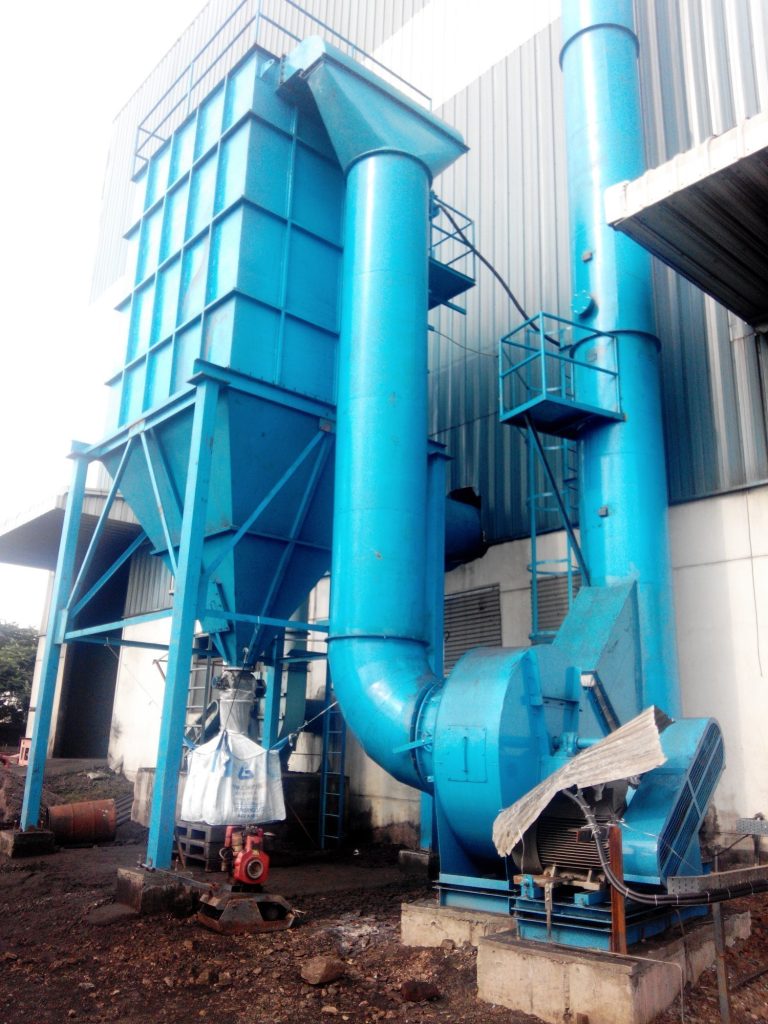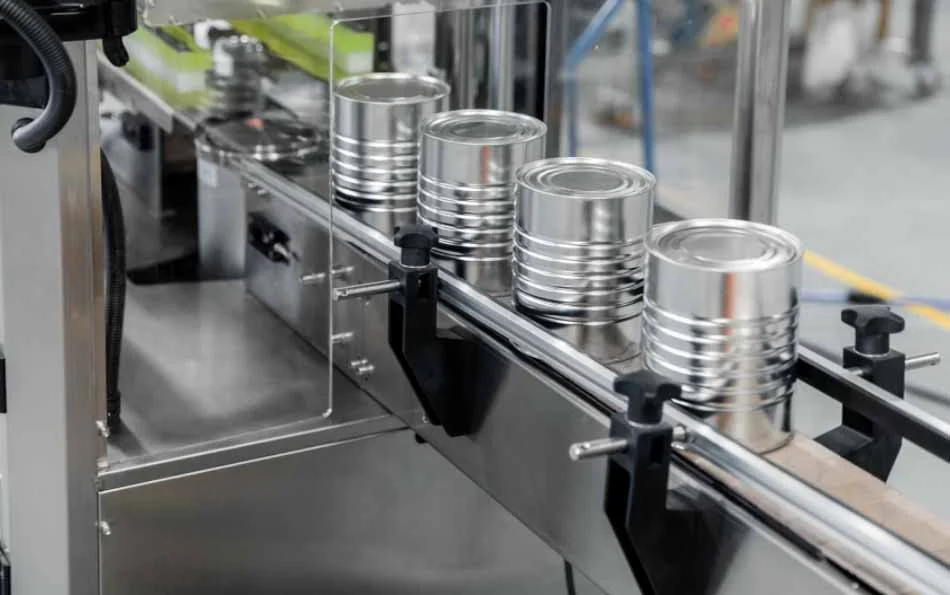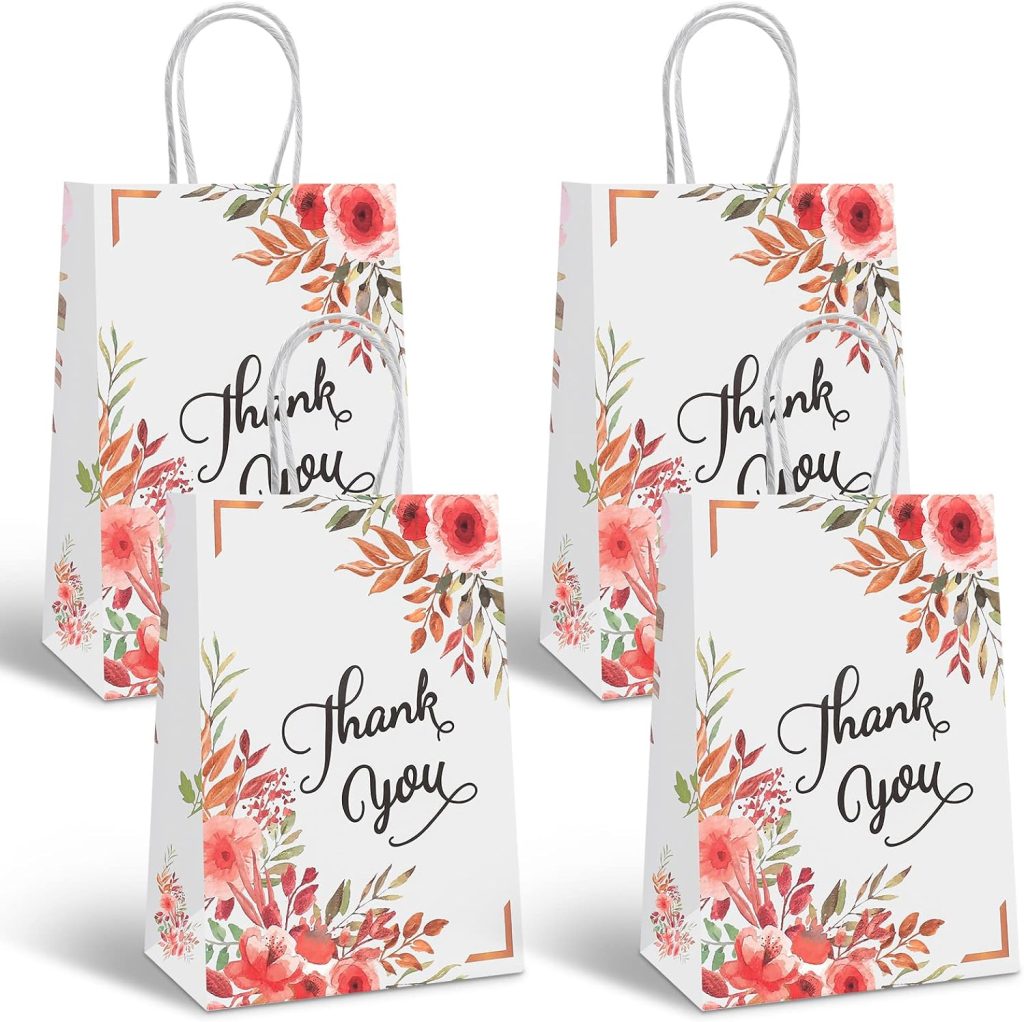Business Casual Attire for Creative Professionals: Dos and Don’ts
Business casual can be a versatile and professional style to wear at work. Wear tailored jeans and lighter jackets instead of dark suits.
It is also possible to wear sneakers if your company allows it. If it is colder, you can replace your coat with a jacket that is field-specific for a more relaxed look.
Dress Code Code
The rules for business casual dress codes can differ widely from one company to the next the industry, however more employees are seeking ways to show their individuality at work. Clothing makes a statement in the way it looks and feels, and this could affect an employee’s attitude and work performance. In this regard, more and more fashion-conscious designers are opting to wear more innovative colors and styles in their work attire while ensuring that their outfits are professional and appropriate for their work working environment.
In general business casual clothing is more relaxed than formal attire but is more formal than a pair of jeans and a tshirt. This allows more imagination in the color and style of shirts, pants, and dresses. This dress code is especially preferred for informal networking events and meetings.
Typically the business casual dress code is chinos, slacks and skirts in a variety of neutral shades, paired with a shirt or dress. Blazers and pants suits can also be included in this category. Pairing a well-fitted jacket with a tailored dress is a smart idea.

Select classic leather styles such as Oxfords and Derbies. Do not wear sneakers or other casual styles of shoes that might interfere with your formal dress code. Pick hosiery that complements your skirts and pants.
Attire
Men’s business casual workwear has advanced from the dark suits plain shirts, and safe, formal tie styles that were the norm in the past. Nowadays, men can wear chinos or jeans in lieu of dress pants. Furthermore, a lot of fashionable brands have casual knit sweaters that go perfectly with casual business outfits. The most important thing to do when it comes to nailing this look is to make sure that you pick items that look great and are of high-quality.
Pick classic colors for the bottoms, such as navy or black. These will go with a variety of tops. Pick bottoms that are slimmer in style than what you usually wear. This will give your outfit a more flattering silhouette.
When choosing a shirt or blouse, keep in mind that a casual business dress code is still about looking professional and content https://aristino.com/blog/gia-may-vest-nam/. Avoid plunging necklines or naked shoulders since they will not be appropriate for workplaces in the majority of cases. Choose simple, solid or subtle patterns to keep a professional appearance.
The style of your outerwear you select will depend on the culture of your company and the season. If, for instance, your workplace is a laid-back culture, you can probably get away with sneakers and denim but, when you’re frequently working with customers who are not internal or management, you should lean a bit more toward formal business casual.
Tips for Style
Start with an essential outfit if you wish to be able to maintain the business casual style. Select clothes that are well-fitting and play around with accessories to enhance your style. It’s also a good idea to keep updated on trends in fashion, and ensure that your professional appearance is always sophisticated and stylish.
Plaid shirts, like, are not just for granddads. They can be worn with a light jacket and aren’t deemed too casual. And a well tailored pair of dark jeans can be worn with either casual sneakers or stylish black Chelsea boots.
You can also add some personality to your workwear by layering tops. Wear a long or short-sleeve button-up shirt, pique polo or t-shirt under a simple round neck jumper that is a lighter color. This will help you avoid being sloppy and also provide a stylish alternative to wearing the same black, plain t-shirt or a hoodie with an athleisure style.
When you start the first day of your new job, it’s recommended to look up the dress code and culture of your company. code. This will give you an idea of what the formality and informality of the workplace can be, and what you can expect to wear as part of your work attire. If you’re not sure how to dress for an occasion, it’s better to be on the side of caution and dress in a more conservative manner, especially when you’re unsure of the attire other guests will be wearing.
What is the best way to dress Business Casual for Work
As many offices transition to remote and hybrid environments business casual attire is becoming more popular. Although some professional industries have a more traditional approach to their dress codes and attire, creative industries have adapted to accommodate the new trends in business attire.
Business casual clothing combines formal and casual elements. It usually includes a long or short-sleeved button-up or polo shirt in a tasteful pattern. You can also choose a solid-colored dress or a knee-length skirt. Dress in a tailored pair of pants with a blazer jacket, or sweater.
Choose the right trousers, jackets, and shoes to dress casually for work. Men should generally opt for chinos or jeans that are neutral or dark colors. Drawstring pants are acceptable in certain business casual places, but we do not suggest shorts.
You can choose corduroy or chinos in twill, as well as pants, jeans, and Khakis. Pick a pair that’s fitted and pressed. It shouldn’t be too snug or large, and your legs should reach to the top of the shoe.
The most appropriate footwear for a business casual outfit include pumps, flats, and heels with closed toes. Certain workplace settings for business casual may permit sneakers, but it is best to check with your company before wearing these shoes.




